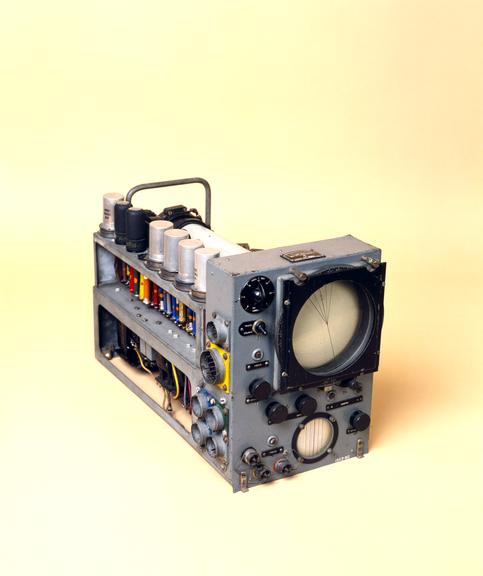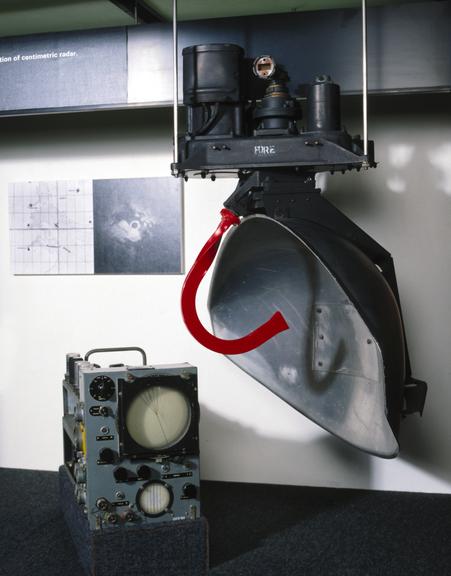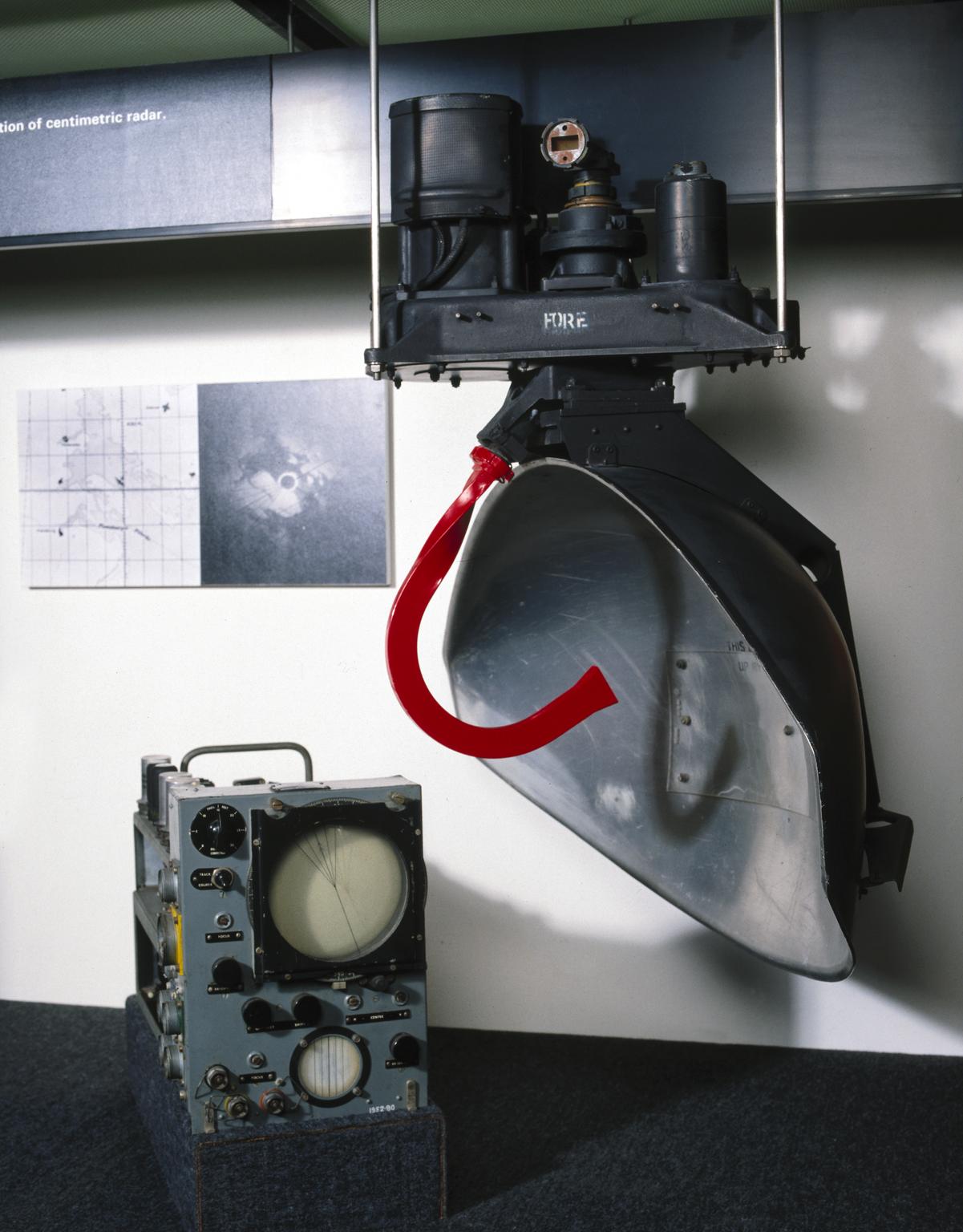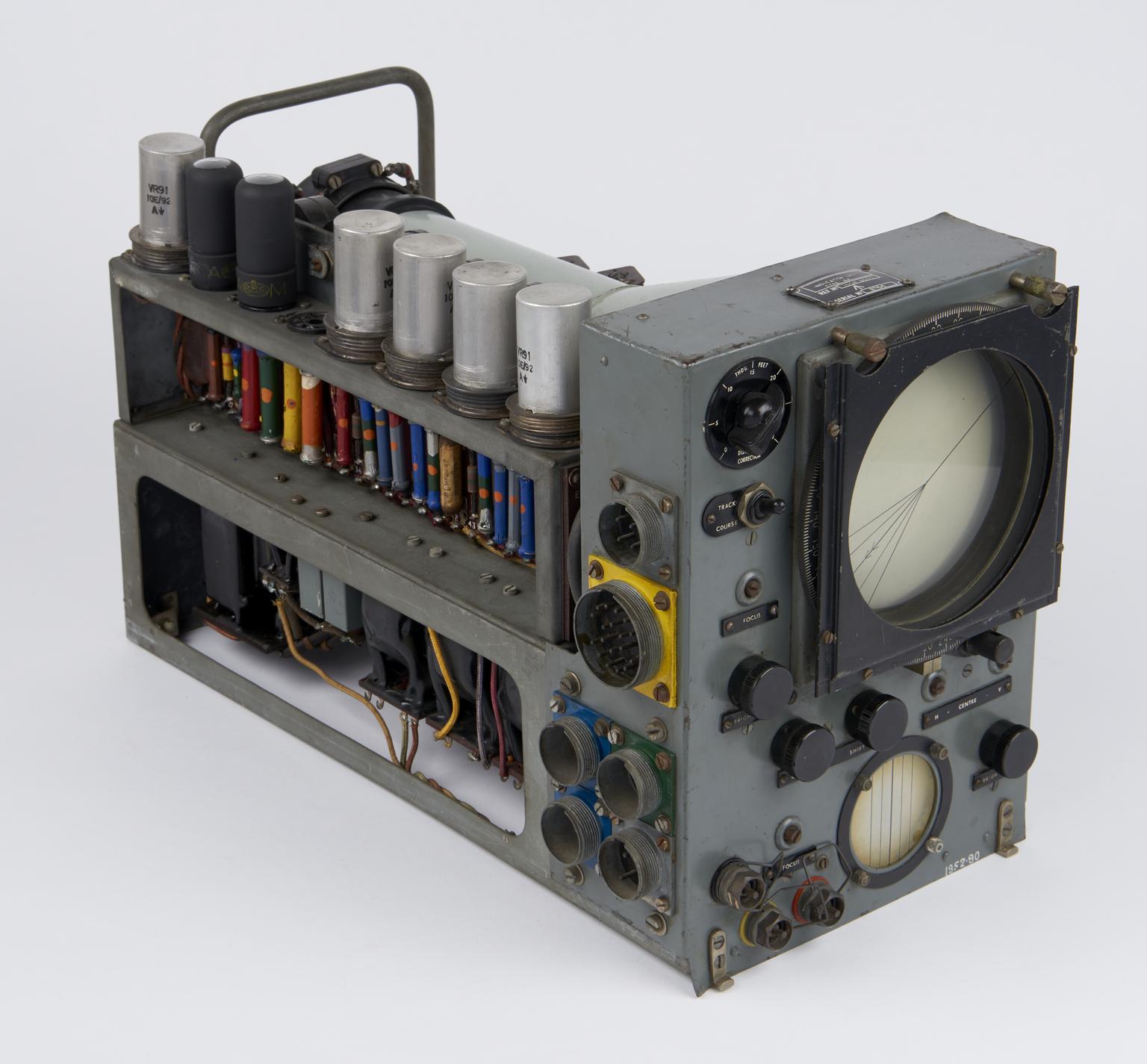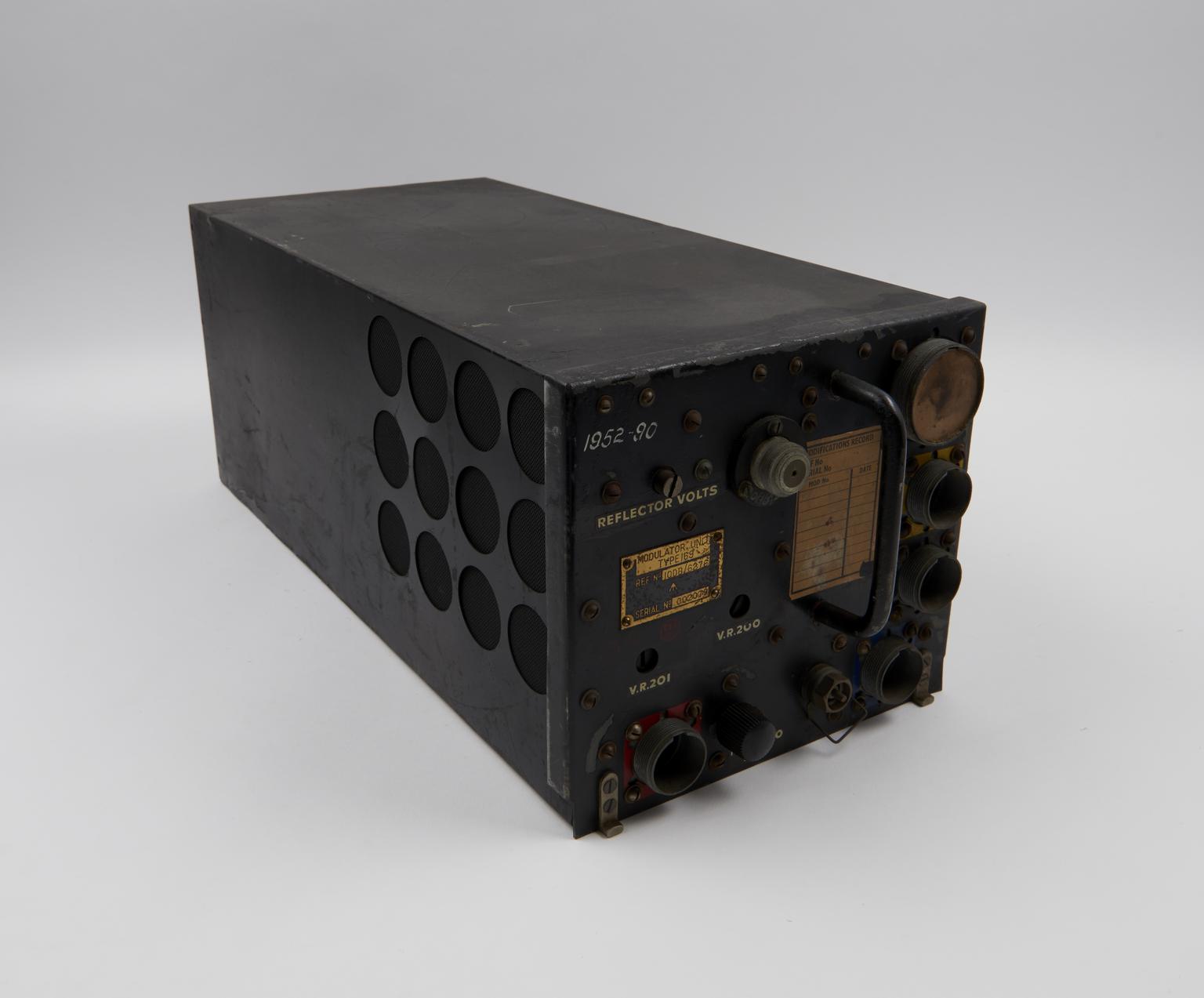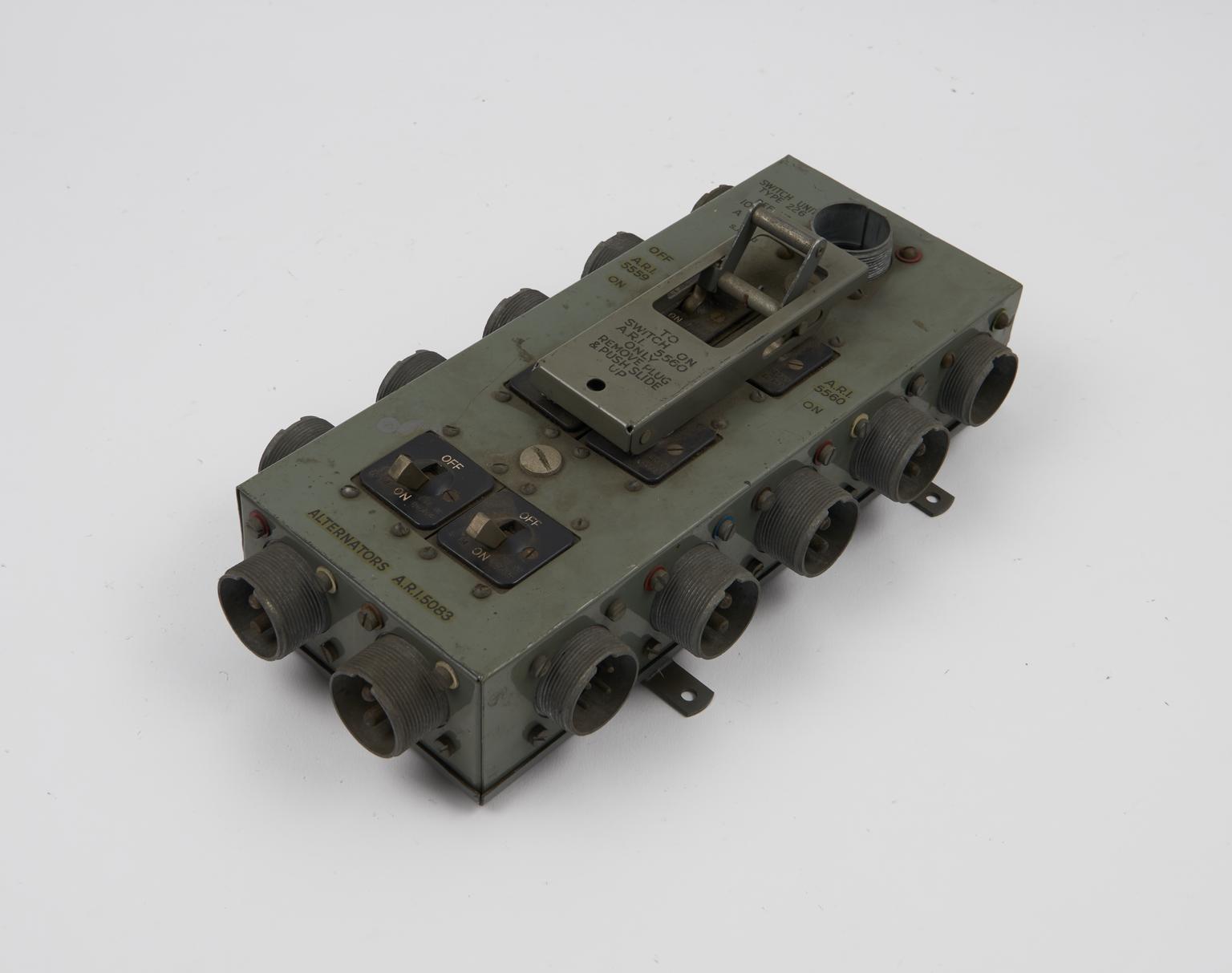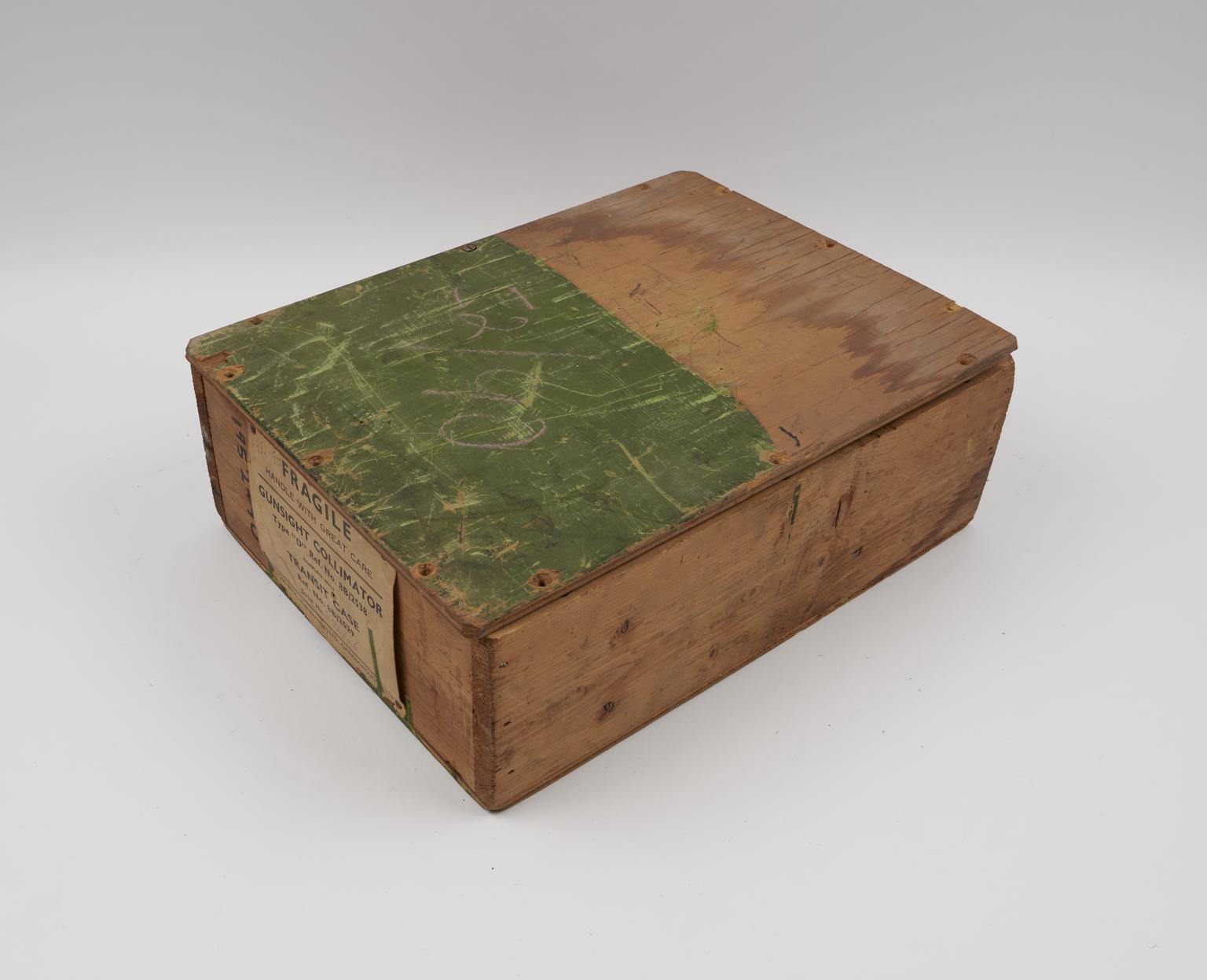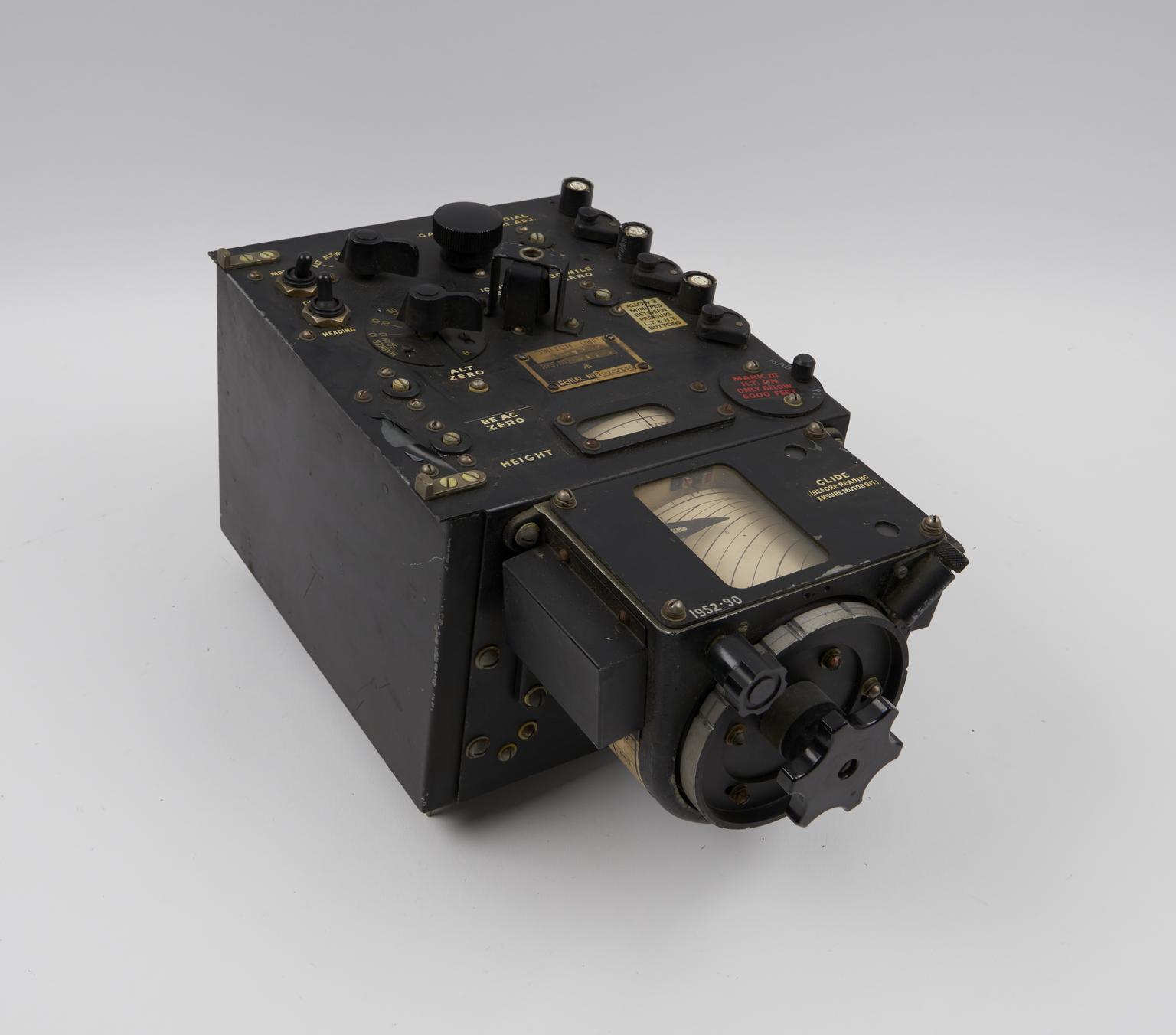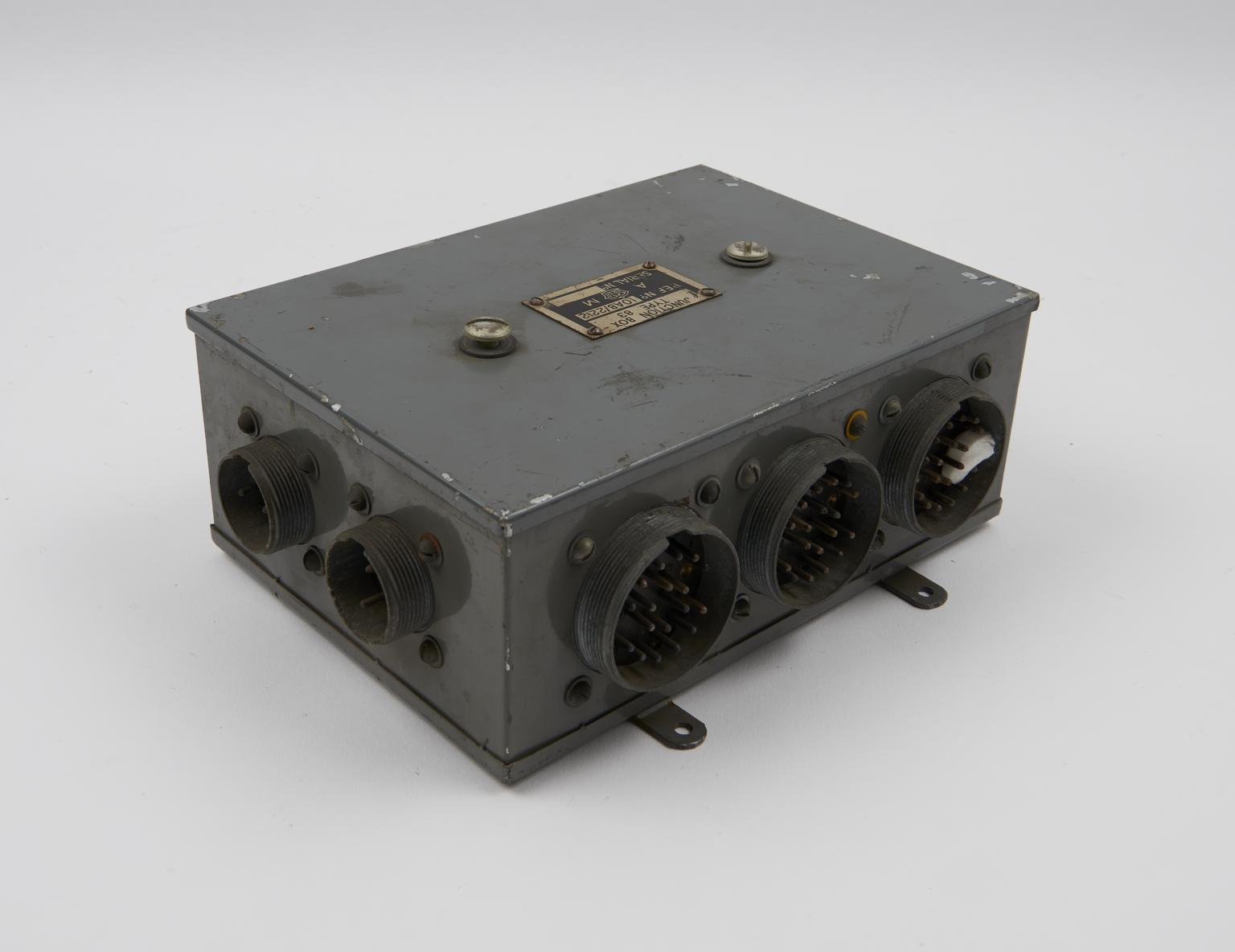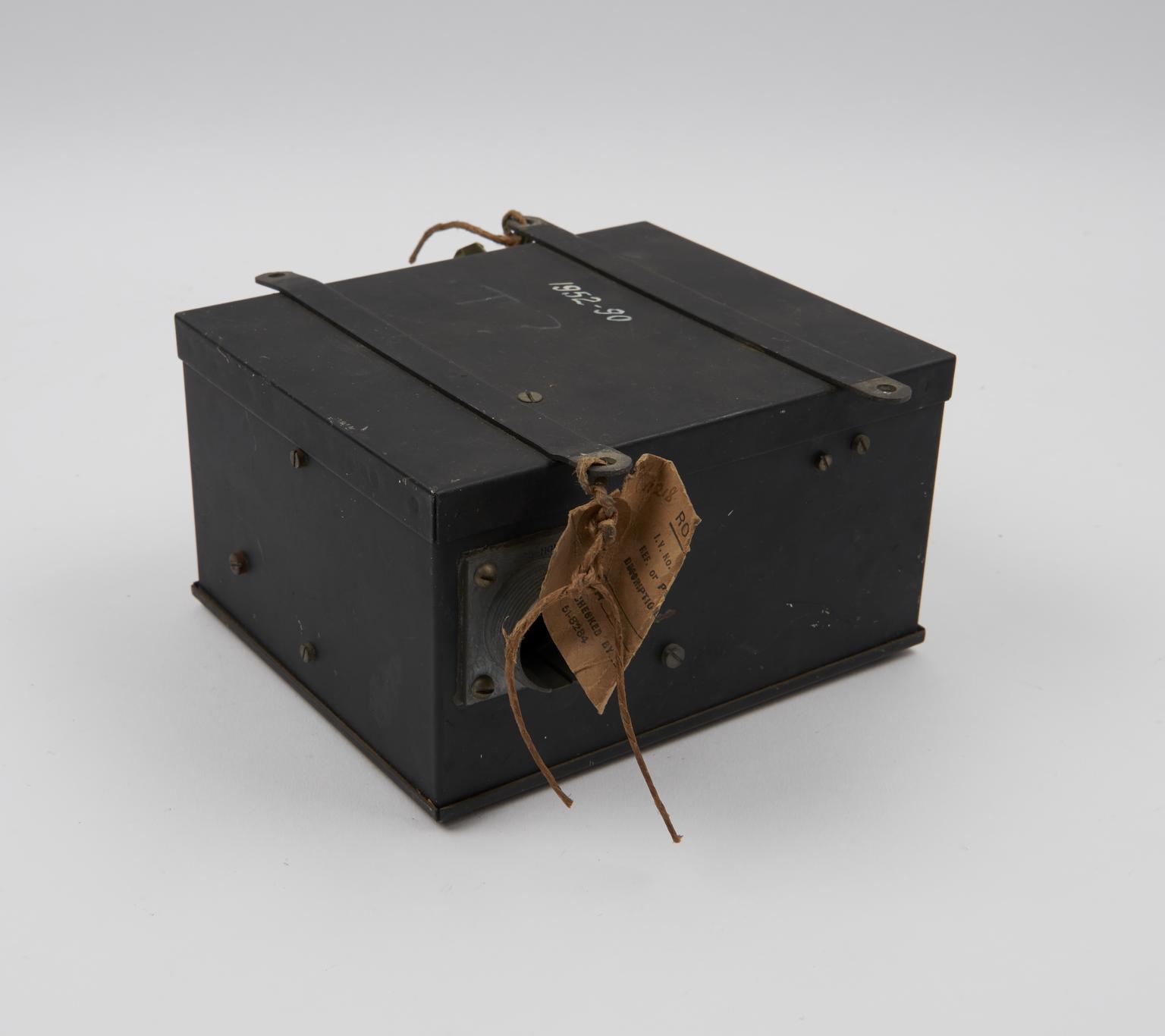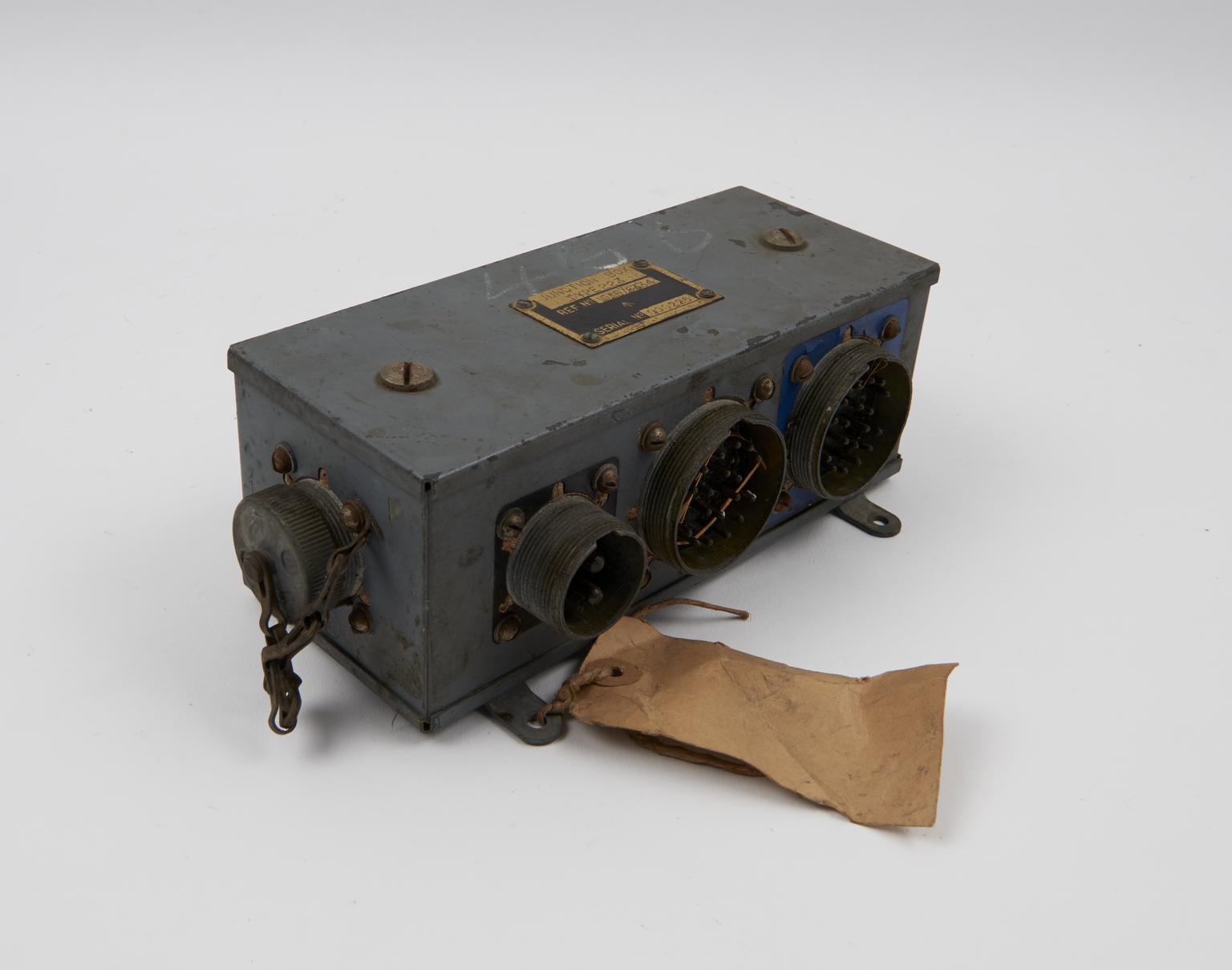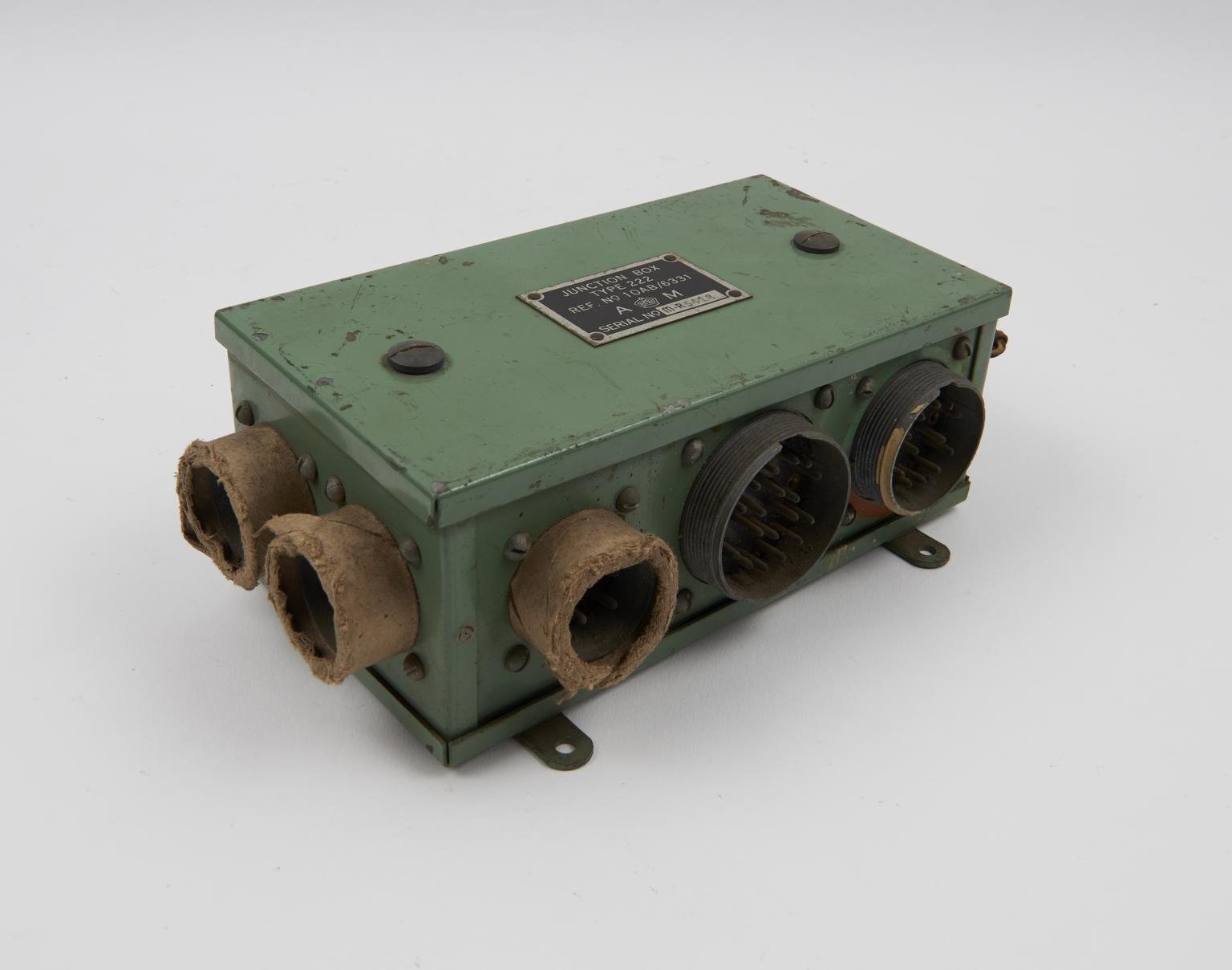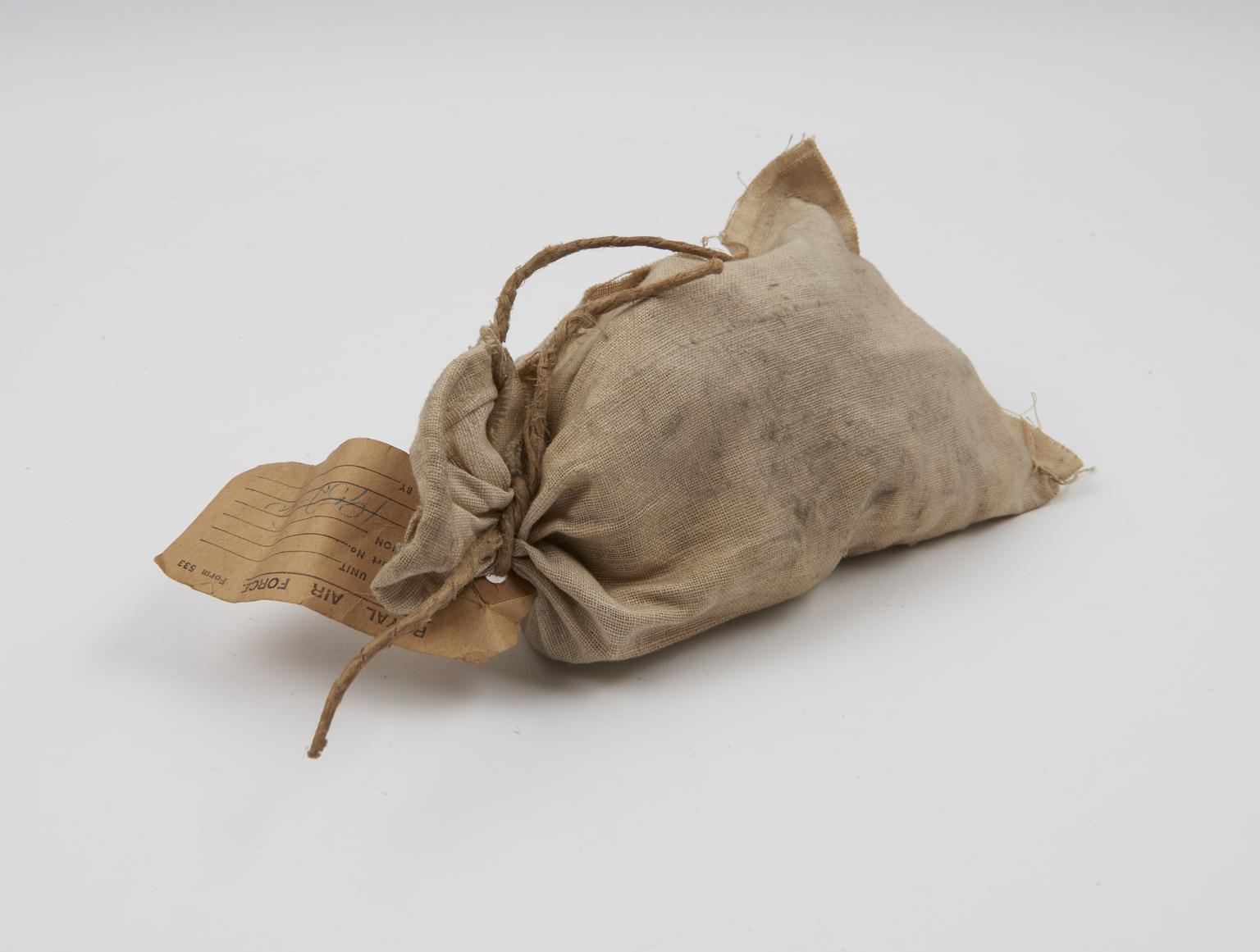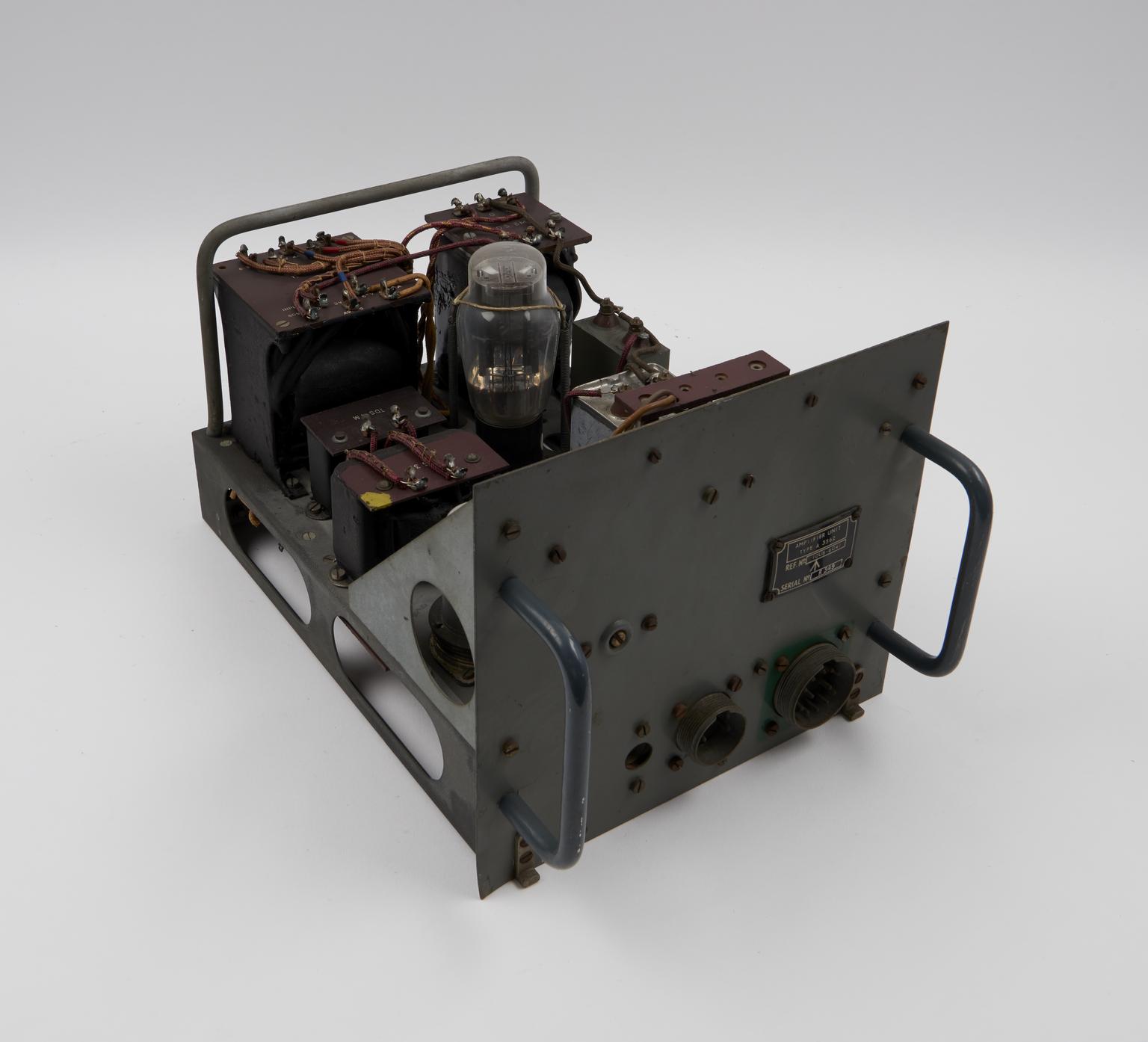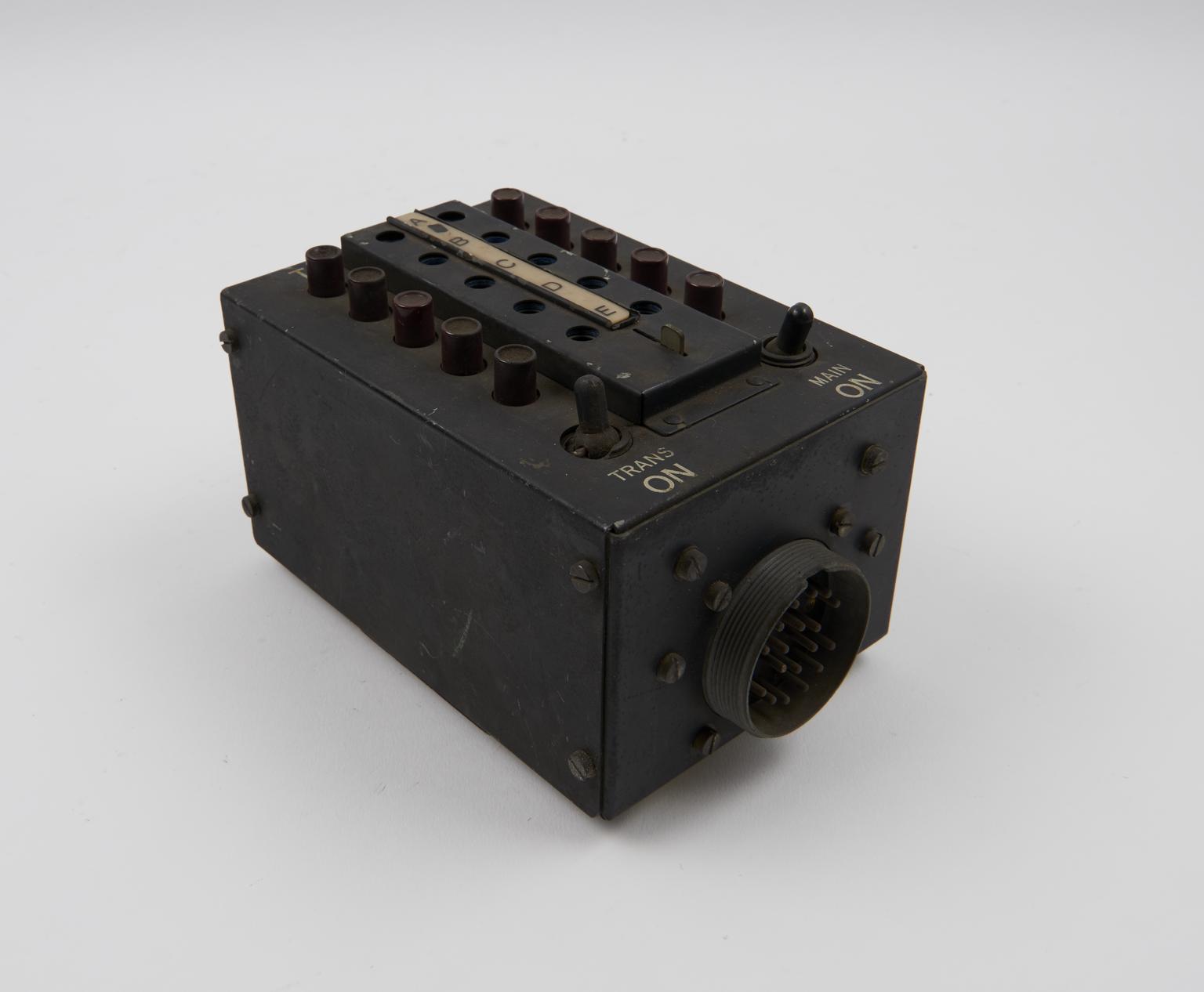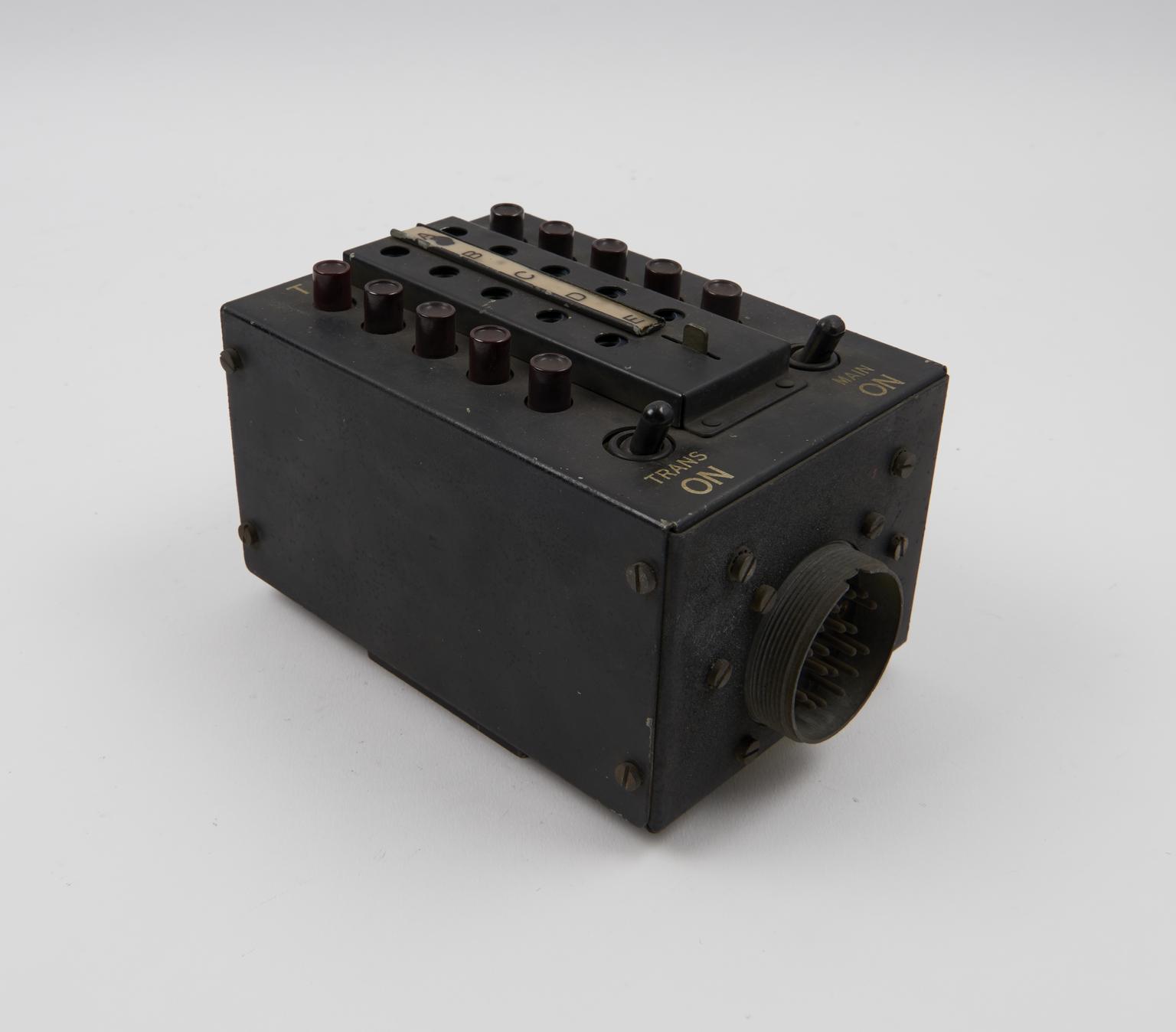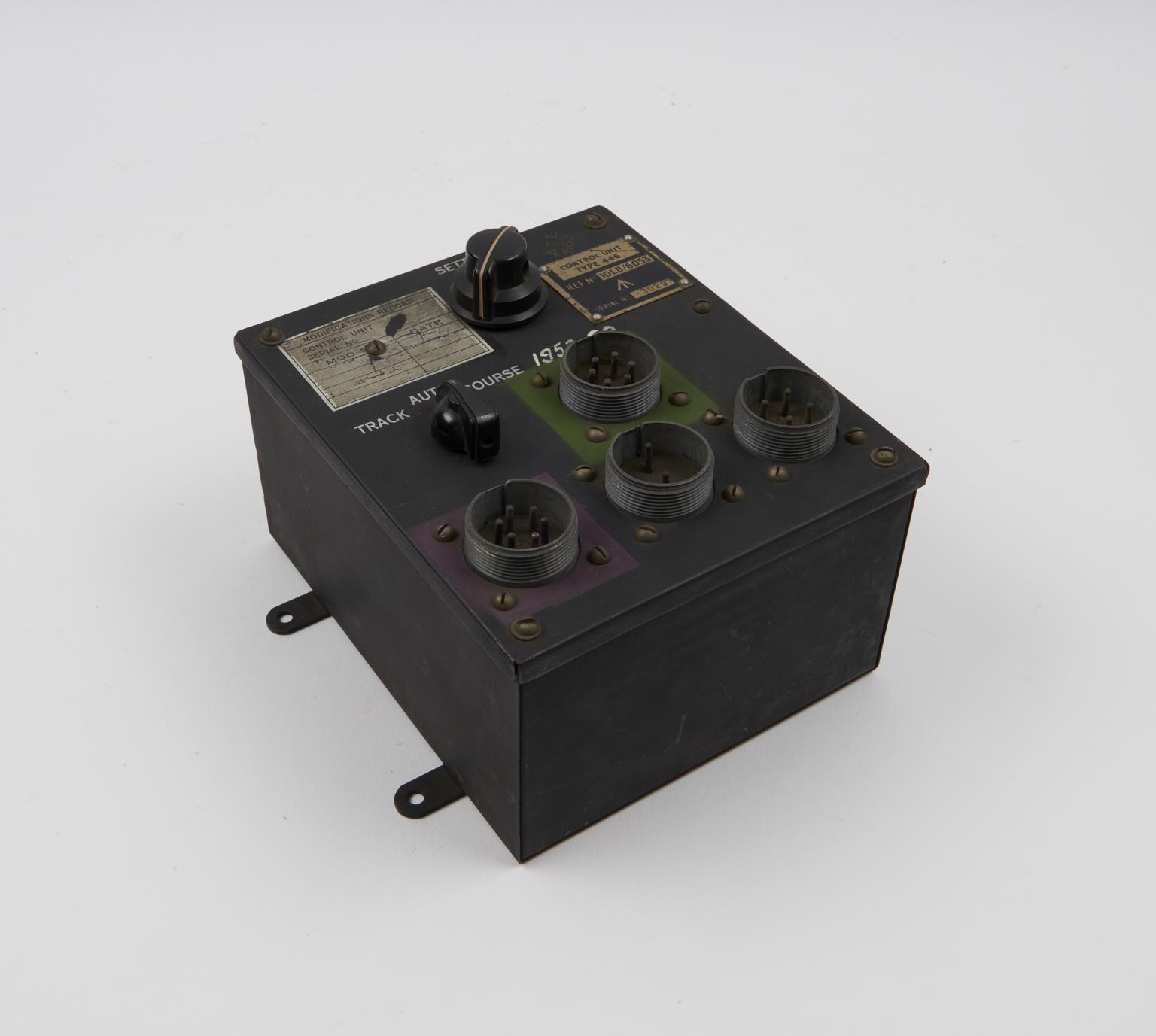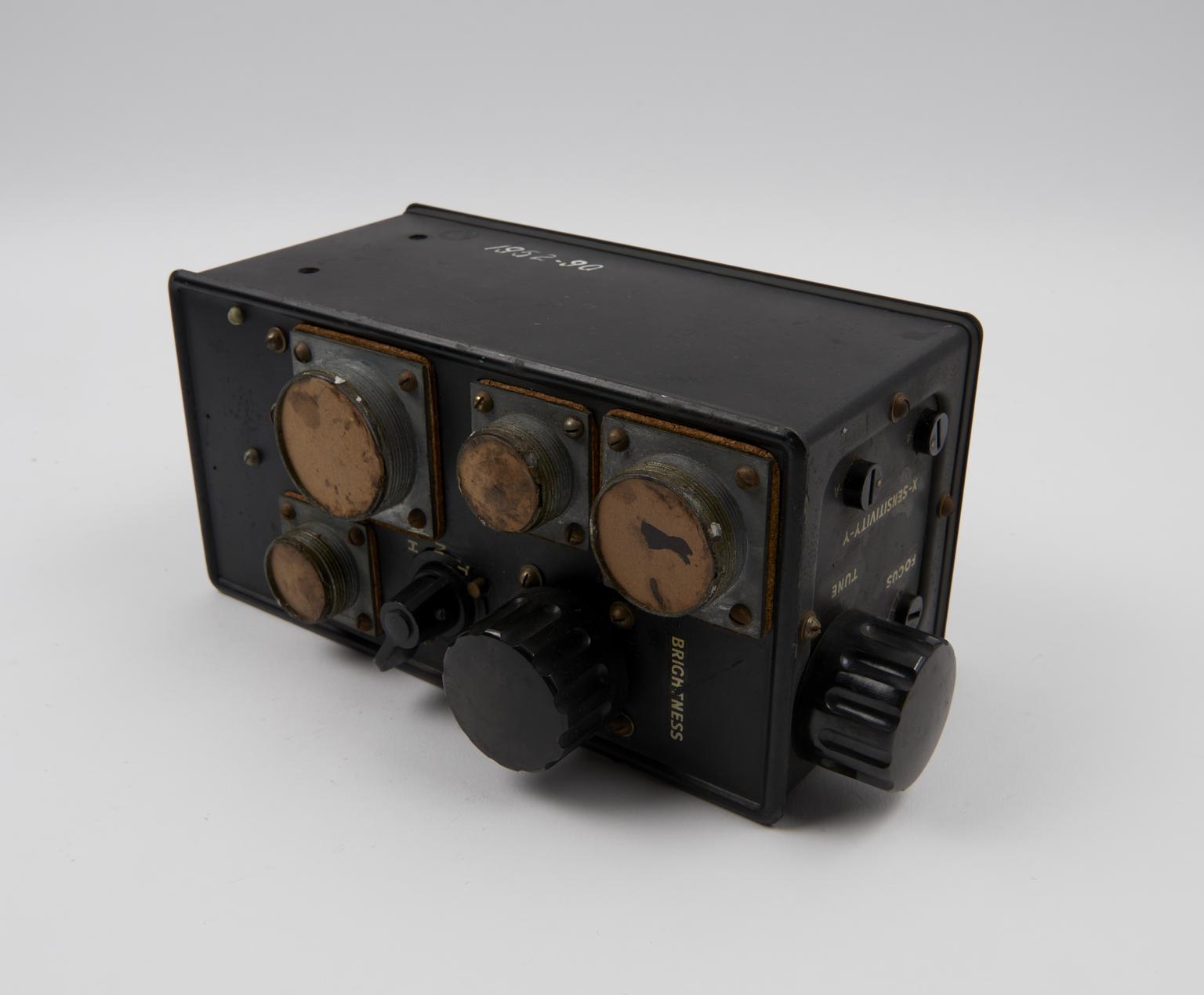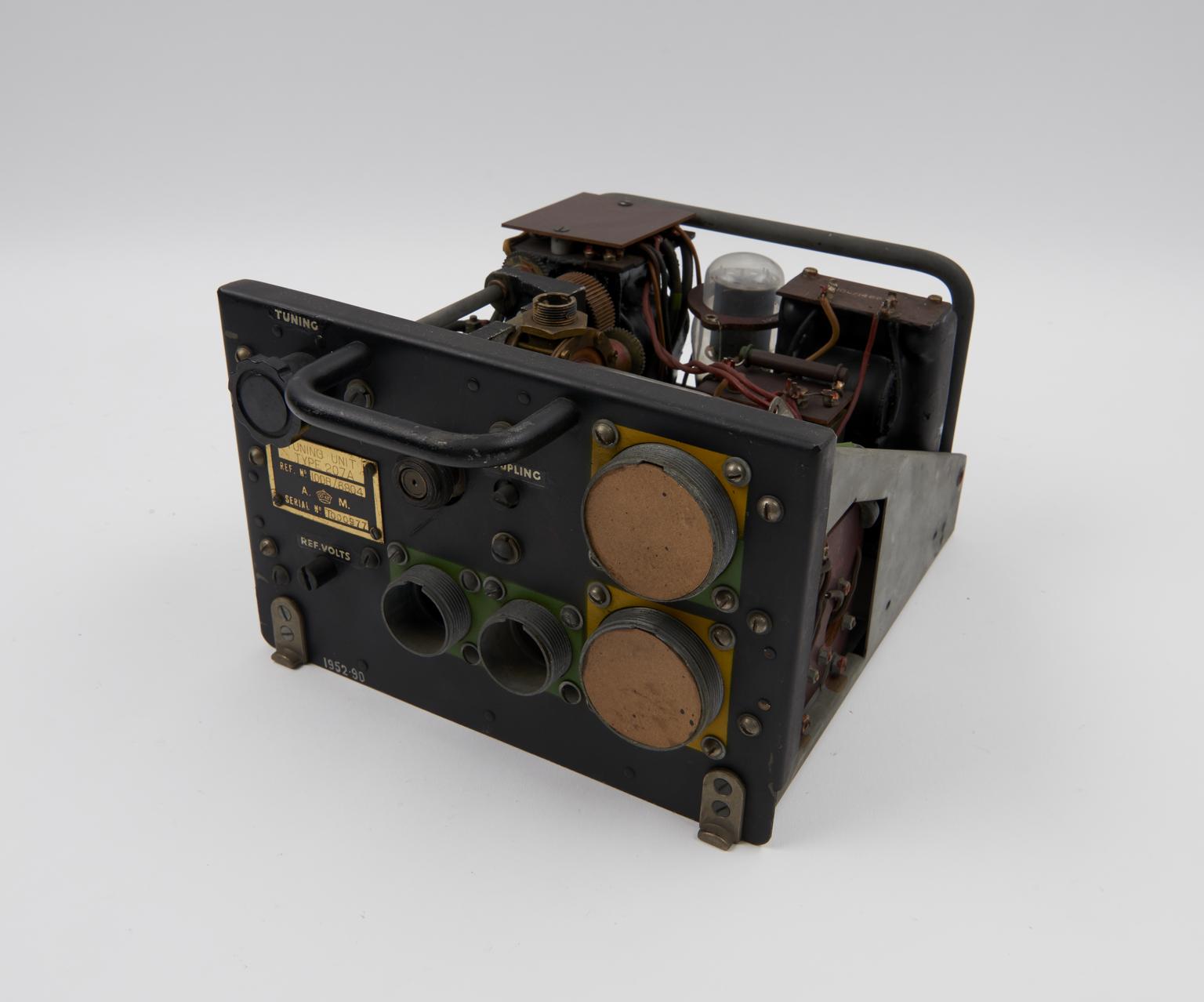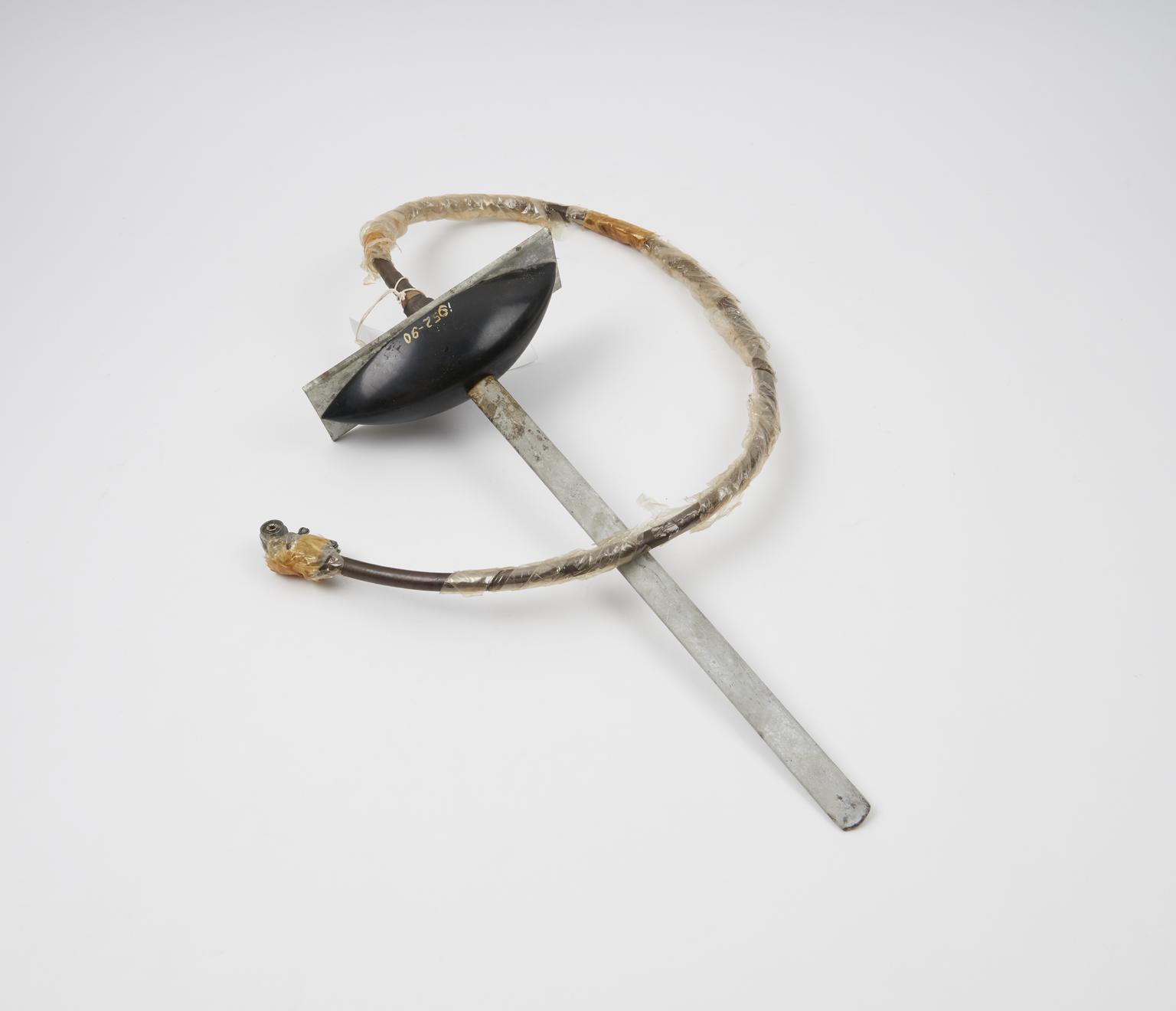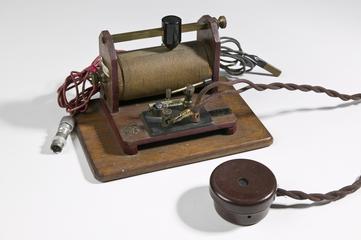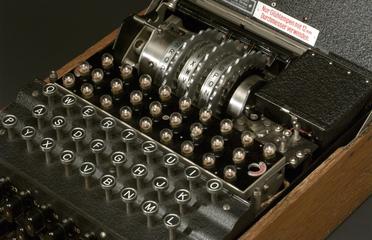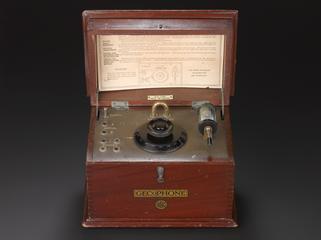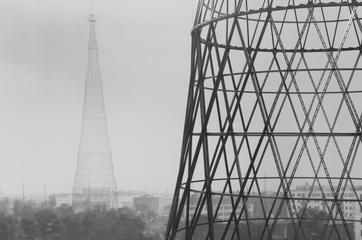Mounting Platform for H2S Mk.IIc airborne ground-scanning radar installation, c.1943
Mounting Platform for H2S Mk.IIc airborne ground-scanning radar installation, c.1943
More
These units collectively formed the major components of an H2S radar installation which was developed in 1941/42 for use in Royal Air Force (RAF) heavy bomber aircraft for carrying out 'blind bombing'. It enabled RAF bombers to operate beyond the range of navigation systems that required signals from ground stations. It was first used on 30 January 1943 in a night attack on Hamburg.
H2S was a British airborne radar equipment which presented a virtual map of the country beneath the aircraft on the screen of the indicator. Coastlines, islands, rivers, and towns were rendered visible on the screen and thus permitted accurate bombing attacks to be made, even when the ground beneath was quite invisible.
H2S was used to identify targets on the ground for night and all-weather bombing and adapted to hunting and attacking surfaced enemy submarines (U-boats).
- Object Number:
- 1952-90 Pt1
- type:
- radar equipment




